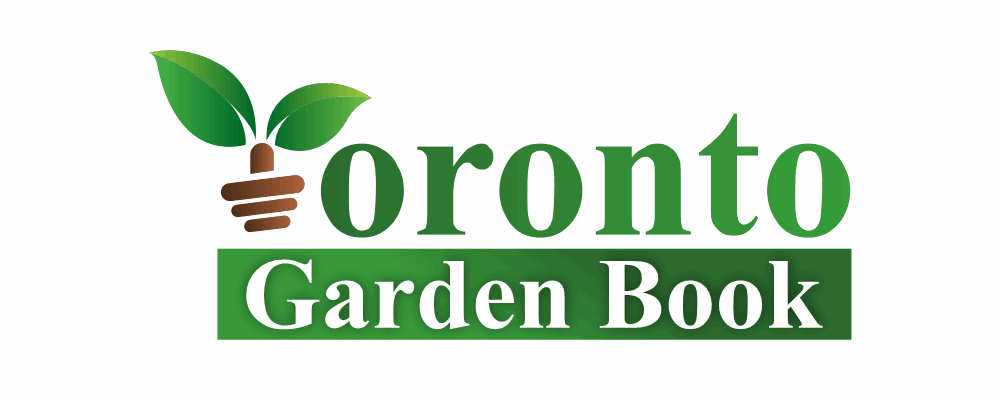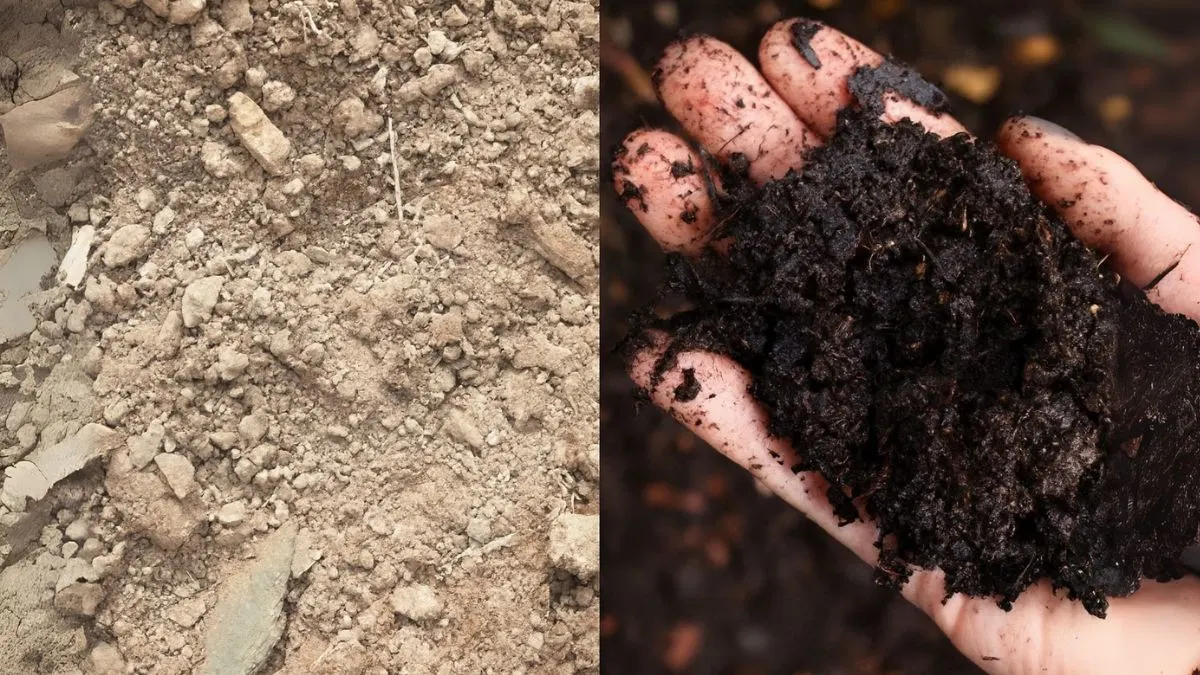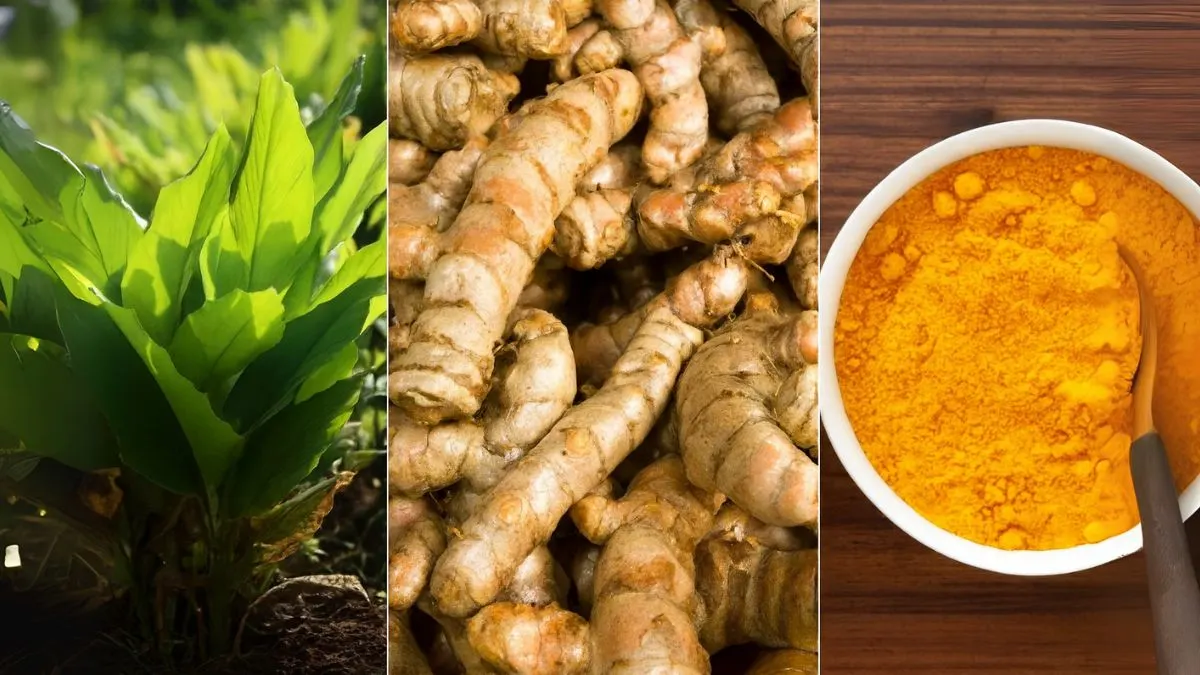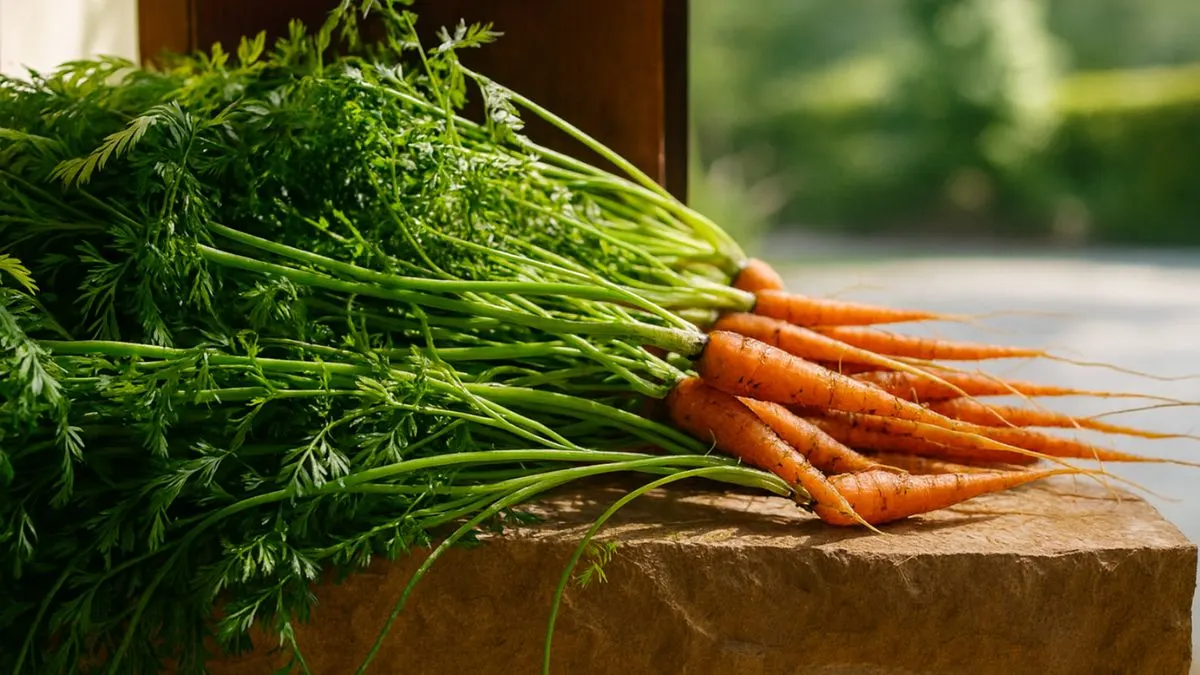In my early days of raised-bed gardening, I treated nasturtiums like just another “pretty flower.” I sprinkled a few seeds along the edges of my veggie bed for color—and honestly, I didn’t expect much.
Fast forward a few summers, and now I intentionally plant nasturtiums in every raised bed I grow. Not only are they vibrant and cheerful, but they also offer some serious benefits for your garden—from pest control to pollinator attraction, and even salad toppings!
Whether you’re working with a tiny urban garden in Toronto or a big backyard bed in California, nasturtiums deserve a place in your plot.
What Are Nasturtiums?
Let’s start with the basics. Nasturtiums (Tropaeolum) are fast-growing annual flowers known for their colorful blooms and rounded leaves. They come in trailing, climbing, or bush varieties, and they thrive in poor soil—yes, you read that right!
They bloom in shades of fiery red, cheerful orange, sunny yellow, and creamy white. Plus, every part of the plant is edible. Yep, you can eat the leaves, flowers, and even the seeds (more on that later).
Natural Pest Control—Nasturtiums as a Trap Crop
One of the primary reasons I recommend adding nasturtiums to every raised bed is their role as a trap crop.
They naturally attract pests like:
- Aphids
- Whiteflies
- Squash bugs
- Cabbage loopers
But here’s the genius part—nasturtiums act like a magnet, pulling these pests away from your precious veggies like tomatoes, kale, zucchini, and beans.
In my garden, I’ve watched aphids crowd onto the nasturtium leaves while leaving my nearby brassicas completely untouched. I simply snip off the infested parts and compost them.
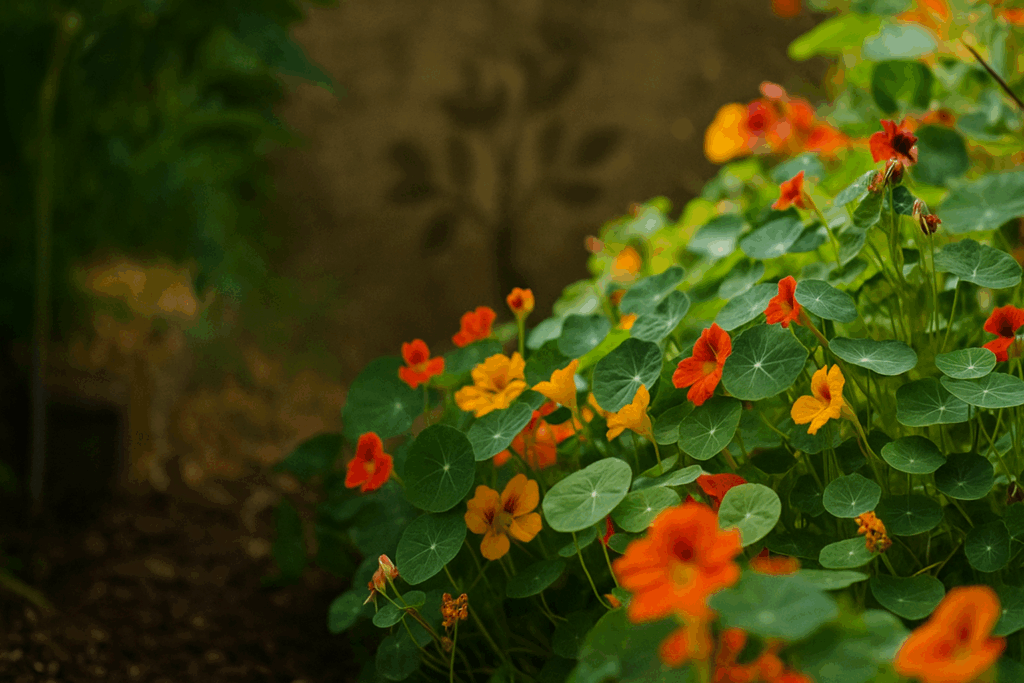
🐝 Pollinators and Beneficial Insects LOVE Them
Besides being pest magnets (in the best way), nasturtiums are a favorite for pollinators like bees, hoverflies, and butterflies. Their open, nectar-rich flowers make them an irresistible landing pad.
Even ladybugs and lacewings love to hang around nasturtiums—meaning you get even more natural pest control in your raised bed.
When I planted them alongside cucumbers and peppers, I noticed a serious increase in fruit production, likely thanks to all the extra bee traffic. A win-win.
Also Read: From Game Console to Greenhouse: The Rise of the Real-Life Piranha Plant
🍽️ Yes, They’re Edible—and Delicious!
Okay, this is where nasturtiums shine. They’re completely edible, and honestly, they taste amazing.
Here’s how I use them:
- Leaves: Peppery and fresh, like arugula. Great in salads or sandwiches.
- Flowers: Mildly spicy with a touch of sweetness. Perfect for garnishing any dish.
- Seeds: Pickled nasturtium seeds = garden-grown “capers.” Seriously addictive.
I started tossing a few leaves into every summer salad, and now my friends think I’m some kind of garden chef. 😉
Easy to Grow, Even in Poor Soil
This might be my favorite thing: nasturtiums prefer poor soil. If you plant them in rich, fertilized soil, you’ll get tons of leaves but fewer flowers.
So, they’re perfect for those edge spaces in your raised bed where nothing else wants to grow. No fertilizer, no fuss. Just water them during dry spells and let them do their thing.
Even when I neglected one corner of my raised bed last year, the nasturtiums there flourished while other plants wilted. Resilient little stars.
Compact or Trailing—Choose What Works for Your Space
Nasturtiums come in two main types:
- Bush (compact) varieties: Great for smaller raised beds or container edges
- Trailing/climbing varieties: Ideal for spilling over the sides or training up trellises
If you want that lush, overflowing look in your raised bed, go with a trailing type like ‘Jewel Mix’ or ‘Empress of India’. The visual impact is incredible—your bed will look straight out of a gardening magazine.
Perfect for Canadian and American Gardens
These plants love sunshine but are surprisingly tough. In my Canadian zone 5 garden, they keep blooming from late spring until the first frost. And in warmer regions across the USA, they practically take over (in the best way).
No matter where you garden, nasturtiums adapt quickly and self-seed readily. Once you grow them once, you might not need to plant them again next year—they’ll pop back up with zero effort.
Also Read: Monstera Madness: Varieties You Need in Your Indoor Jungle
Quick Nasturtium Growing Guide
| What They Need | Details |
| Sunlight | Full sun to partial shade |
| Soil | Poor to average, well-draining |
| Watering | Low to moderate (drought-tolerant) |
| Germination | 7–14 days (soak seeds overnight before planting) |
| Bloom Season | Late spring to fall |
| Space Needed | 10–12 inches apart |
Every Bed Deserves Nasturtiums
If you’re still asking yourself whether to plant nasturtiums, just do it. Add a few seeds to every raised bed this season and watch the transformation.
You’ll get:
- Natural pest protection
- Pollinator attraction
- Edible color for your meals
- And stunning visual appeal
All with minimal effort and maximum reward.
In my own raised beds, nasturtiums are no longer an afterthought. They’re part of the plan—just as important as my tomatoes or herbs. And once you grow them, you’ll feel the same.
💡 Planning your spring planting already? Be sure to save a spot for nasturtiums—and grab a few extra seeds. Trust me, you’ll want more than one patch.
👉 Click here to read more garden hacks and raised bed ideas!
